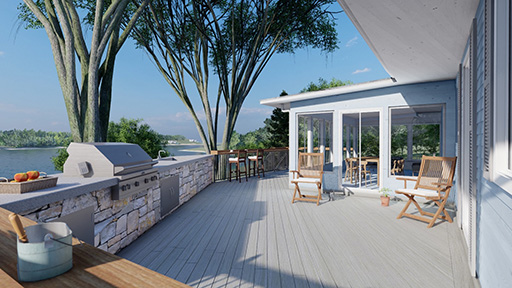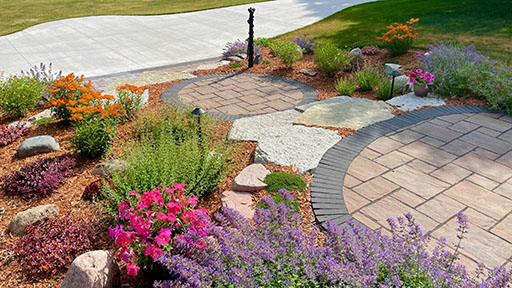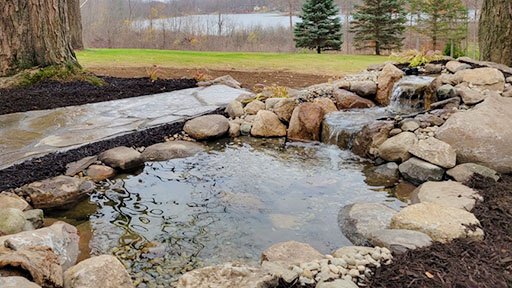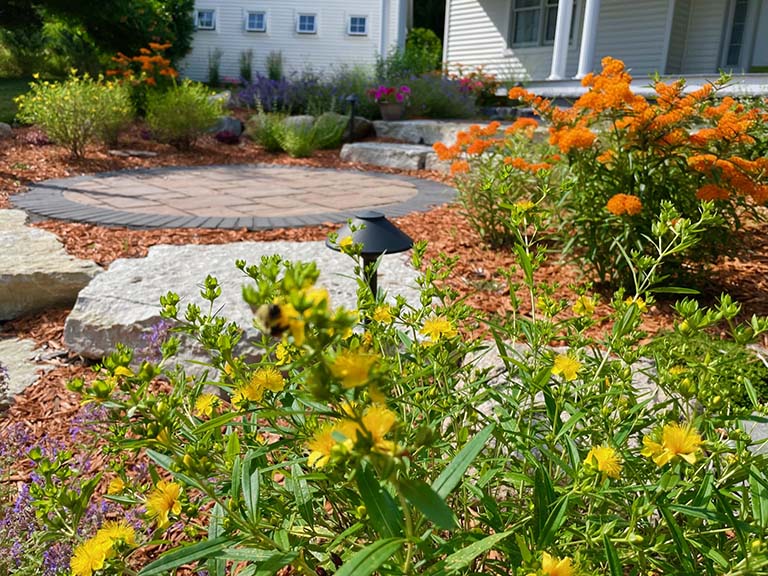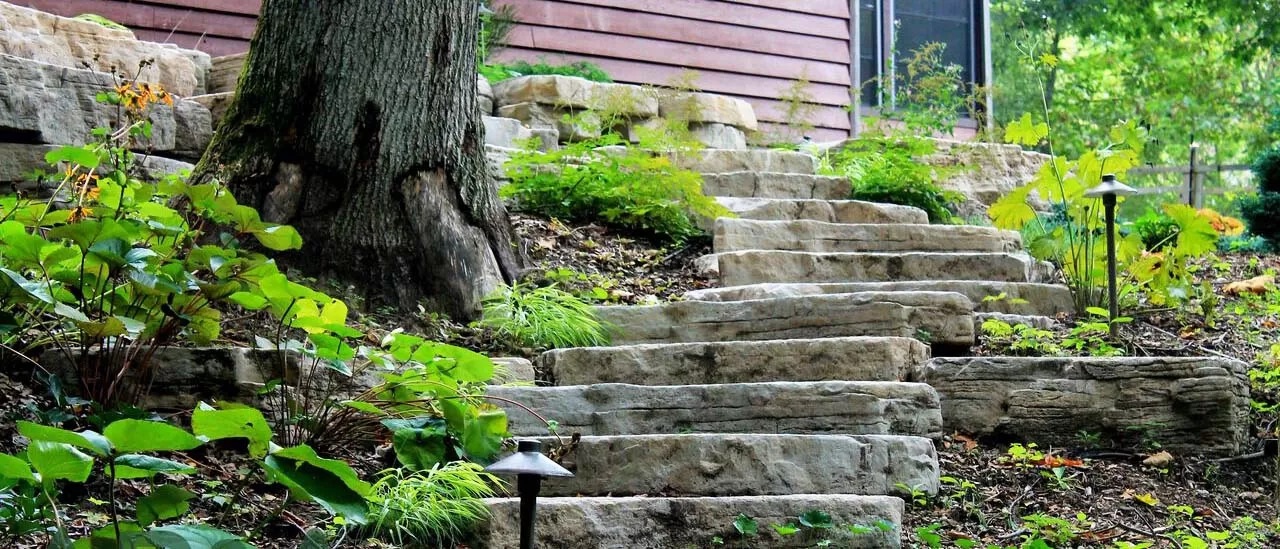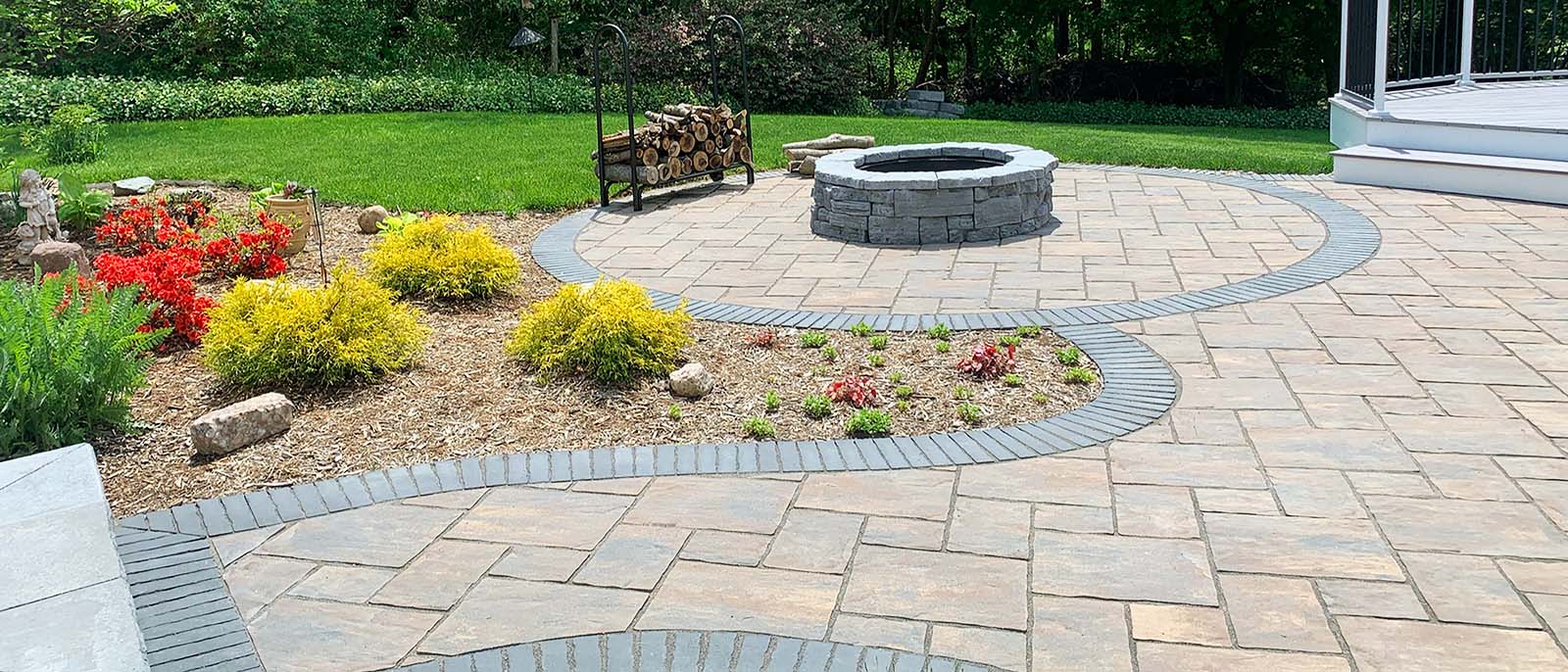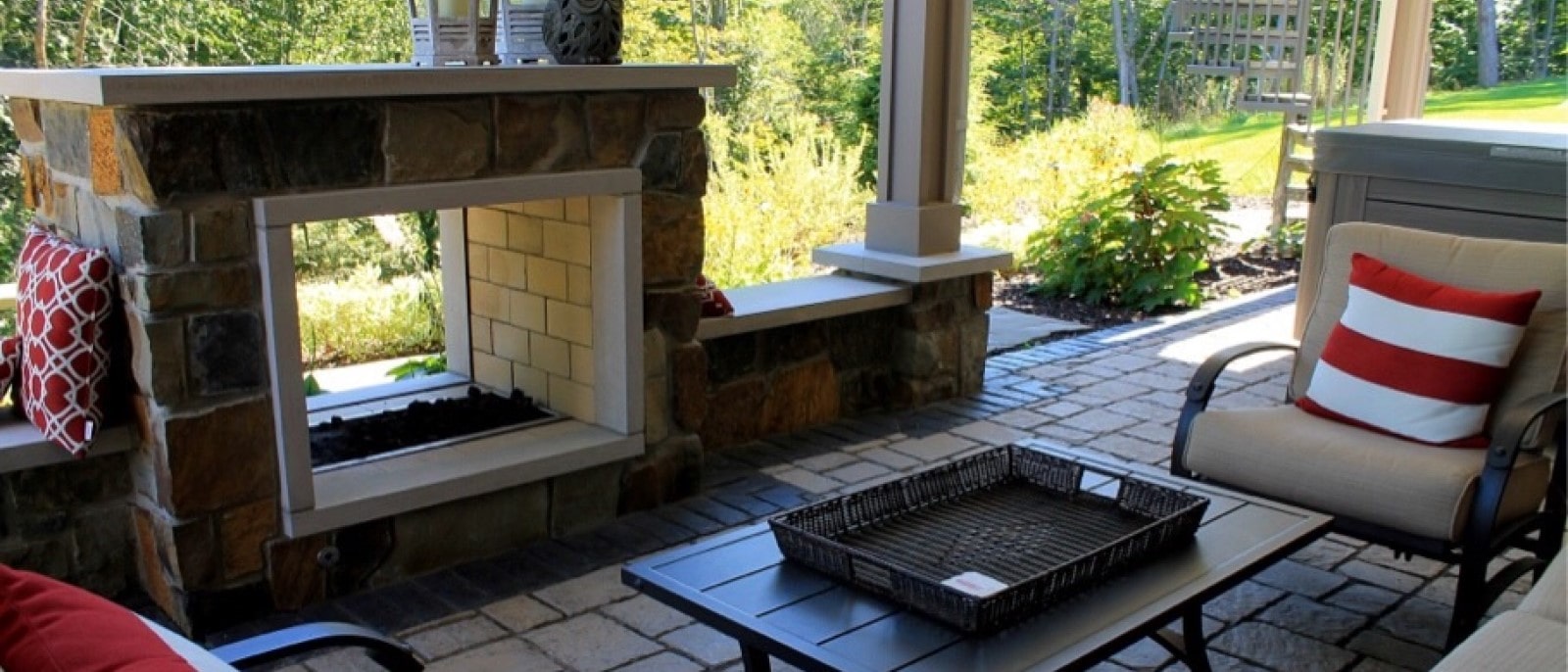Why Choose Us
R&A Landscaping is a full-service landscaping company. This means that we’ll handle every detail of your project in-house, from landscaping to water features and fiberglass pools. We’re also a licensed, certified, and award-winning contractor with a passion for transforming properties into stunning destinations.
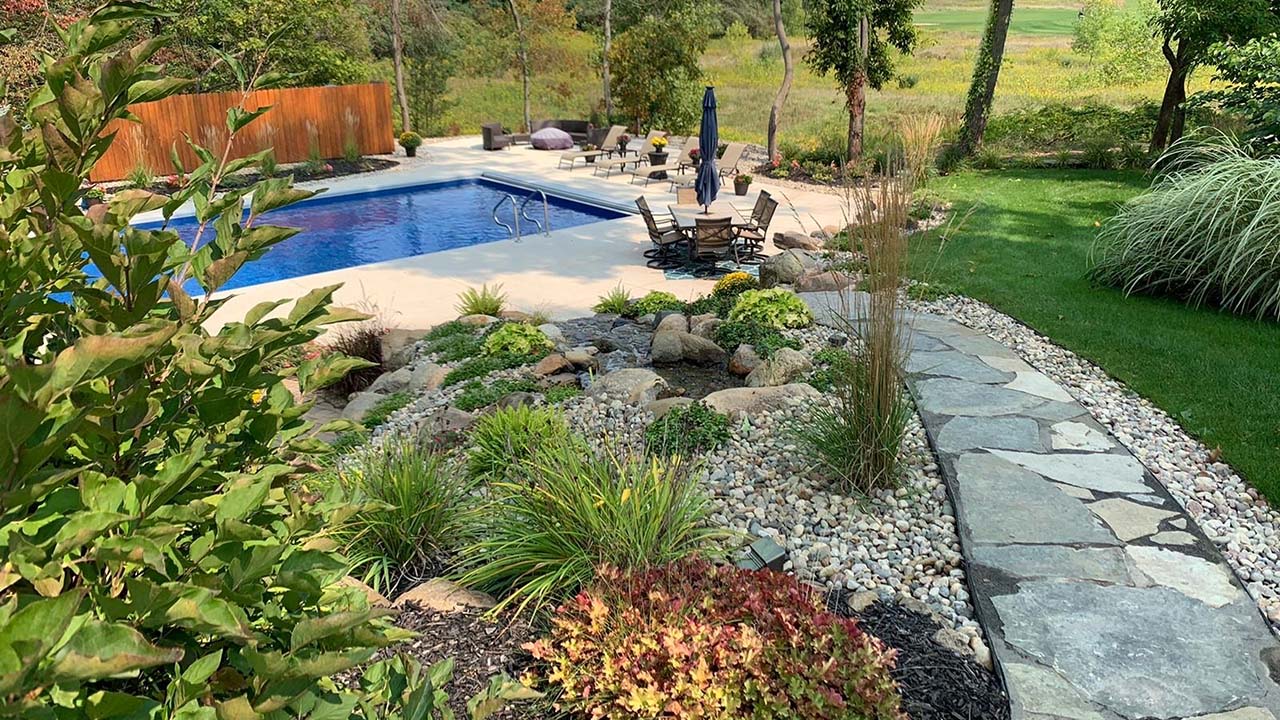
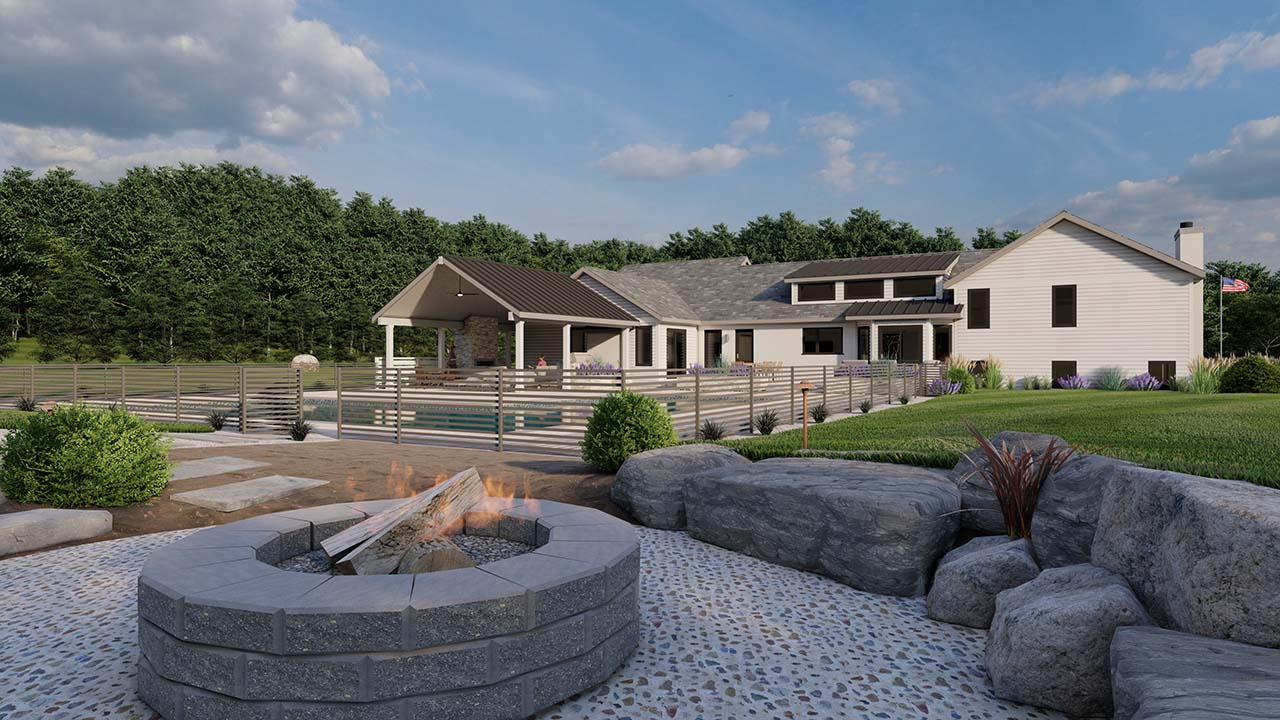
Hire the Outdoor Living Experts
R&A Landscaping is your one-stop shop for everything related to outdoor living. Whether you’re interested in an outdoor kitchen and patio for entertaining or a fiberglass pool for when the grandchildren visit, you can count on us to deliver outstanding craftsmanship every time.
Our Services
Unlike other landscaping and water feature companies, we don’t hire subcontractors. Instead, our team handles everything in-house so there are no surprises.
Outdoor Living
Design a luxurious outdoor living space to complement your ideal lifestyle. Your journey starts here.
Hardscaping
Our design-and-build hardscaping services include patios, outdoor kitchens, flagstone paths, and so much more.
Landscaping
The perfect landscape can set the tone for your entire property. Our design-and-build team is ready to get started.
Water Features
Outdoor fountains? Check. Ponds and waterfalls? Check and check. Hire us for amazing results.
Let’s Connect!
Schedule an In-Home Consultation
“Exceptional Job”
I have used R&A Landscaping to install my yearly Christmas lights as well as handle the weekly lawn mowing at my home. They did an exceptional job designing a custom light string for my home as I have many different angles on my roof that made using store bought lights almost impossible to use. They also do a great job mowing my yard and taking care of my landscaping. I would recommend this company to anyone.
Heidi L.
Articles from the backyard

